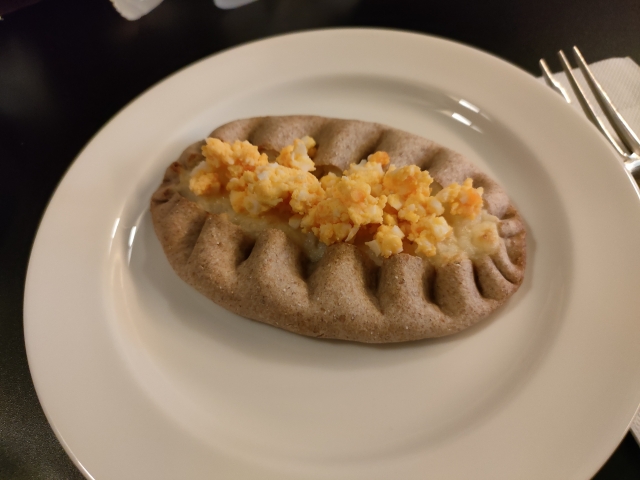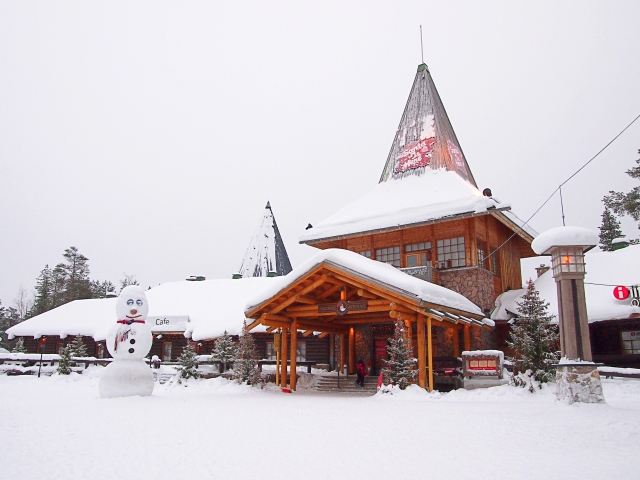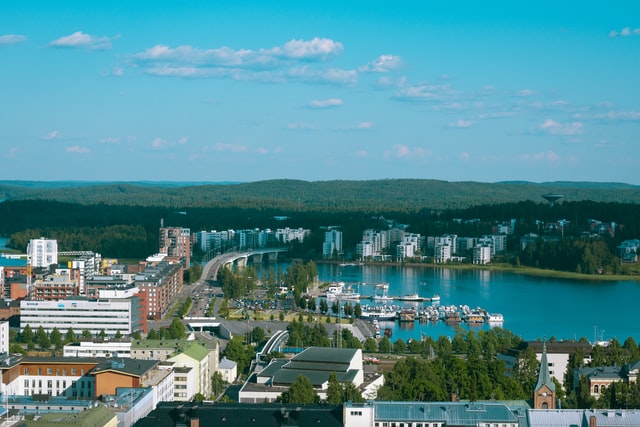Uspenski Cathedral: The Head Temple of the Russian Orthodox Church in Finland
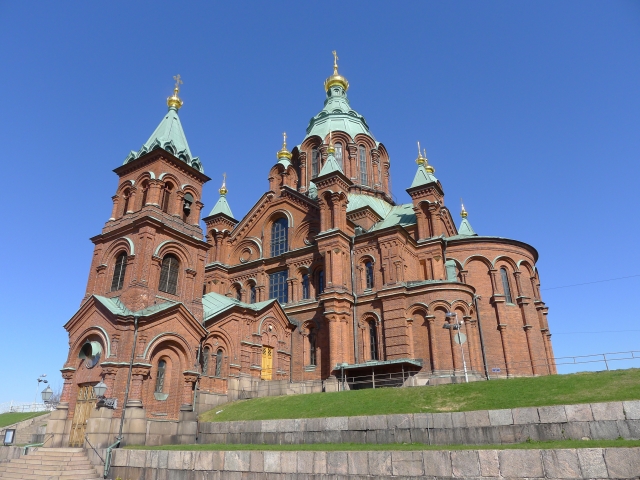
In the capital city of Helsinki, Finland, there is a historic building called Uspenski Cathedral. This church was built in Finland during the 19th century when it was under the rule of the Russian Empire. Standing on a hill overlooking the city, this impressive building has been a witness to Finnish history from the 19th century to the present day.
In this article, I will provide a more detailed introduction to Uspenski Cathedral in Finland.
The Russian Orthodox Uspenski Cathedral
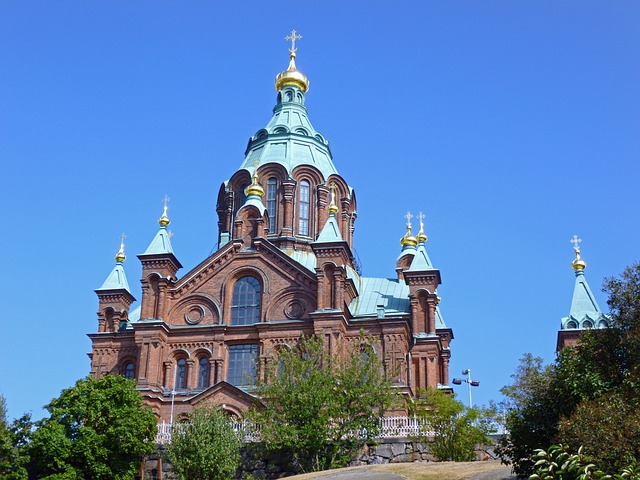
Uspenski Cathedral is the largest Russian Orthodox church in Western Europe and was built in 1868. Today, it is known as the head temple of the Russian Orthodox Church in Finland. The cathedral is situated on a hill on the Katajanokka Peninsula in the eastern part of Helsinki’s city center, offering a fantastic view of the city and Helsinki Cathedral.
Finland was once ruled by the Russian Empire, and Uspenski Cathedral was built to showcase Russia’s prestige to the world. The architect in charge was Aleksei Gornostaev, a Russian architect appointed by the highest religious council of Russia. Construction began in 1862 and was completed six years later in 1868.
The name “Uspenski” is derived from a Russian word meaning “dormition.” The cathedral was built to honor the dormition of the Virgin Mary and is also known as the Cathedral of the Dormition of the Theotokos.
The Red Brick and Golden Dome Exterior
The Uspenski Cathedral, with its distinctive reddish-brown brick exterior, stands out in the cityscape of Helsinki. The bricks used in the exterior are from the Bomarsund Fortress in the current Finnish autonomous region of Åland, which was destroyed during the Crimean War from 1853 to 1856.
Additionally, the cathedral features 13 golden domes, which are called “cupolas” or “cyboras” and are common architectural designs in the Russian Orthodox Church. The unique shape and beautiful golden coating make these domes one of the most recognizable symbols of Uspenski Cathedral.
The Byzantine style incorporated into the cathedral is a common architectural and decorative style in Christian churches, which developed in the region of Istanbul, Turkey, and flourished from the 4th to the 15th centuries.
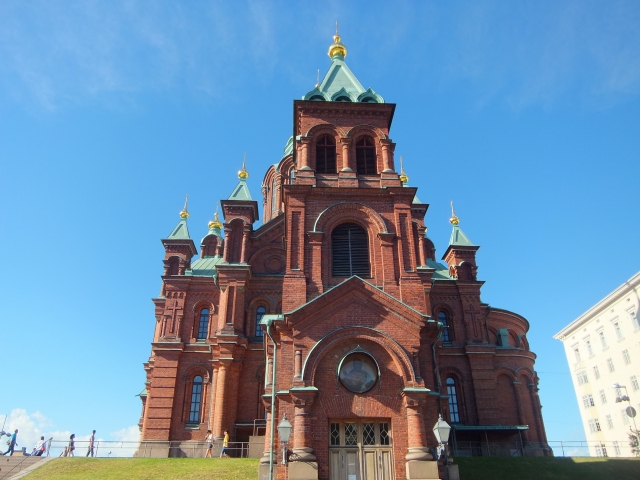
The main features of the Byzantine style include domes representing the seat of God on the exterior and mosaic paintings made of marble granules and crow’s foot on the interior. The semi-circular domes of Uspenski Cathedral are indeed representative of Byzantine architectural design.
While the exterior of the cathedral is simple with its reddish-brown and bronze hues, the interior is lavishly and brilliantly decorated. The inside of the cathedral, adorned with mosaic paintings, offers a contrasting atmosphere to the exterior.
The Sumptuous Interior Surrounded by Ornate Decorations
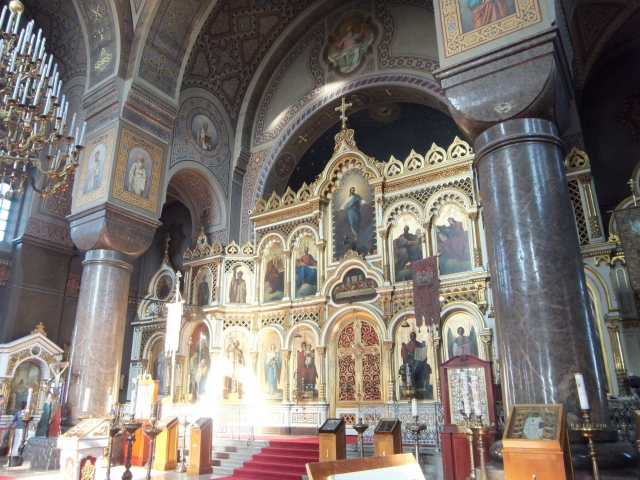
At Uspenski Cathedral, anyone can enter for free unless religious ceremonies are being held. Stepping inside the cathedral, you’ll find a space filled with luxurious decorations, contrasting with the simple exterior.
Golden ornaments, sacred paintings of saints, and an altar at the front are all present. In accordance with Russian Orthodox practices, there are no pews; worshipers stand during services. Furthermore, the cathedral features a blue dome ceiling, creating a beautiful scene reminiscent of the sky when you look up.

At the back of Uspenski Cathedral, there is a plaque dedicated to Russian Emperor Alexander II, who ruled Finland at the time. This plaque tells the historical background of Uspenski Cathedral being built under the rule of the Russian Empire.
The Cathedral Connected to Tove Jansson, Author of the Moomins
The Moomins are popular characters in books, but did you know that there is a deep connection between the Moomins and Uspenski Cathedral?
Tove Jansson, the Finnish author of the Moomins, often visited Uspenski Cathedral during her childhood. In 2014, to celebrate the 100th anniversary of Tove Jansson’s birth, the name of a nearby park was changed to “Tove Jansson Park.”
Travelers visiting Finland for Moomin-related reasons might overlook Uspenski Cathedral as a religious building. However, it is actually a spot visited by many Moomin fans, so be sure to stop by during your trip.
Conclusion
Uspenski Cathedral, one of the most prominent Russian Orthodox churches in Finland, was built during the time of the Russian Empire’s rule. Today, it is the largest Russian Orthodox church in Western Europe, including the Nordic countries, and is visited by many believers and tourists.
It is also within walking distance of Helsinki’s market, making it an easily accessible destination in the bustling city center. Be sure to visit Uspenski Cathedral when sightseeing in Helsinki.

